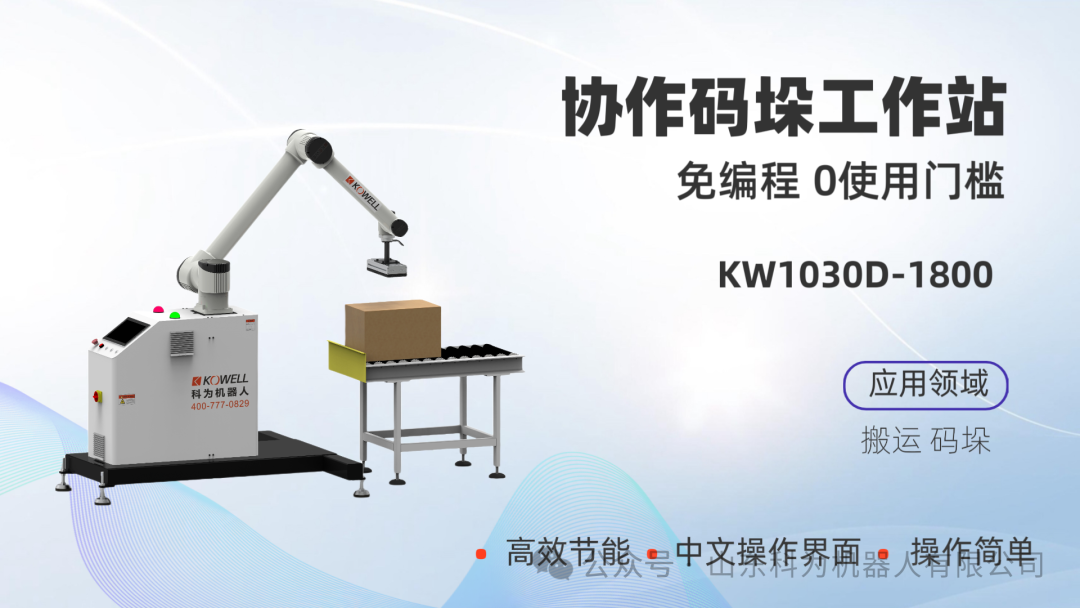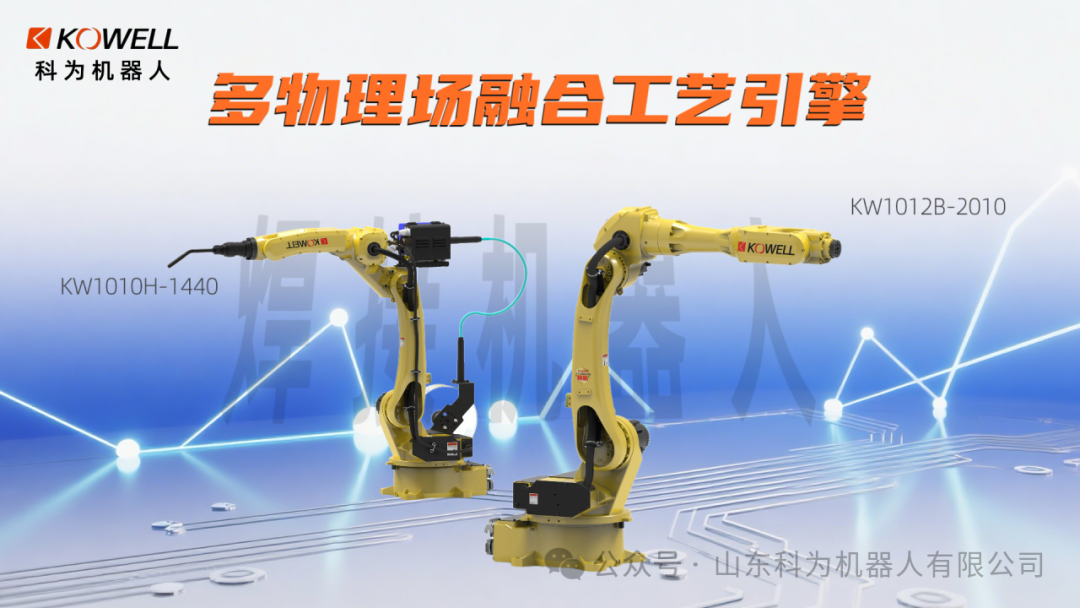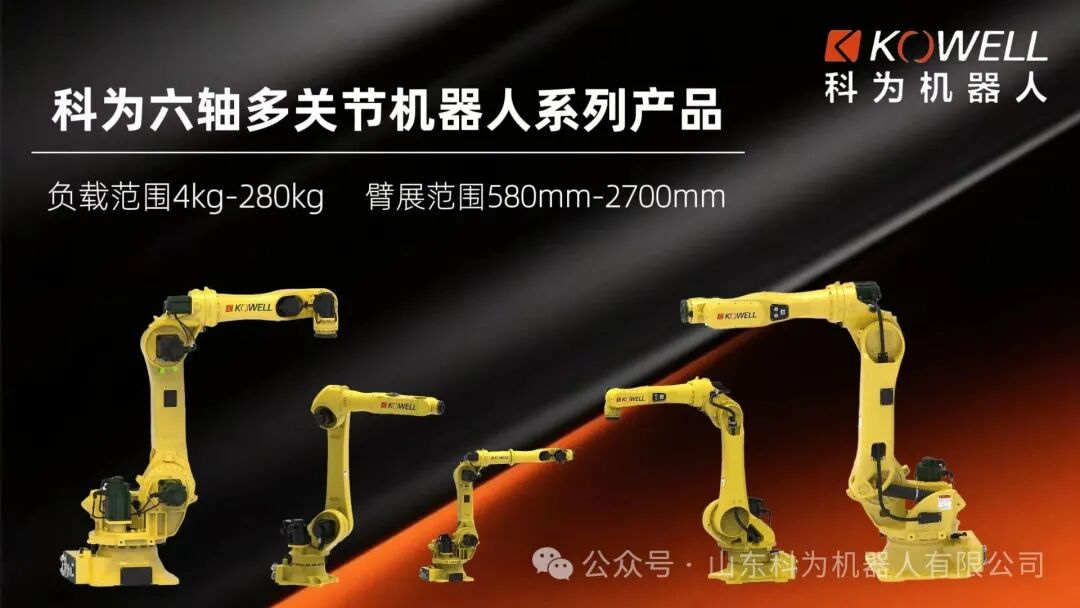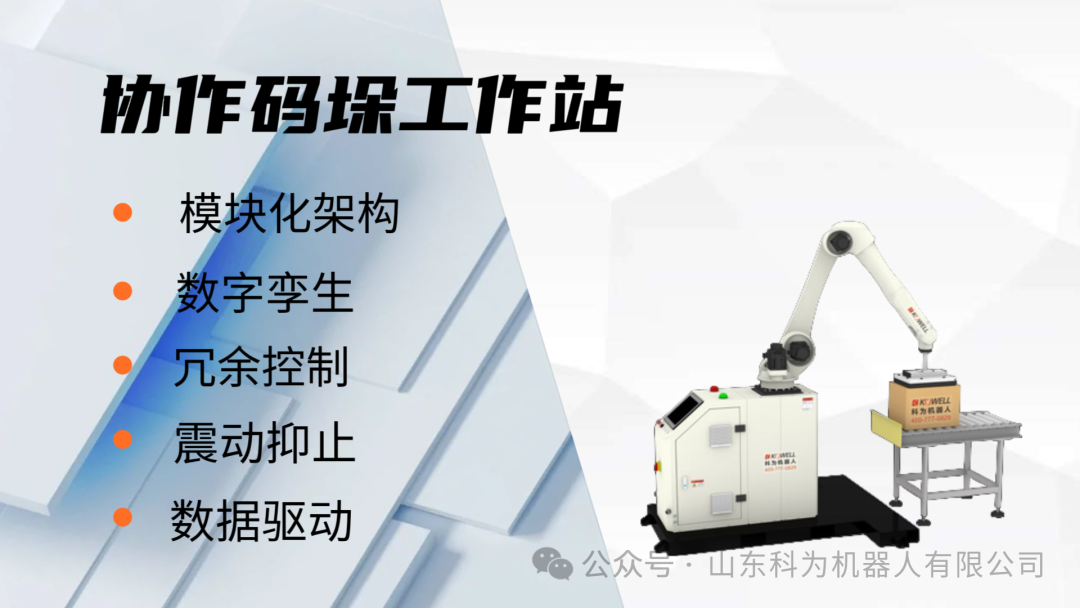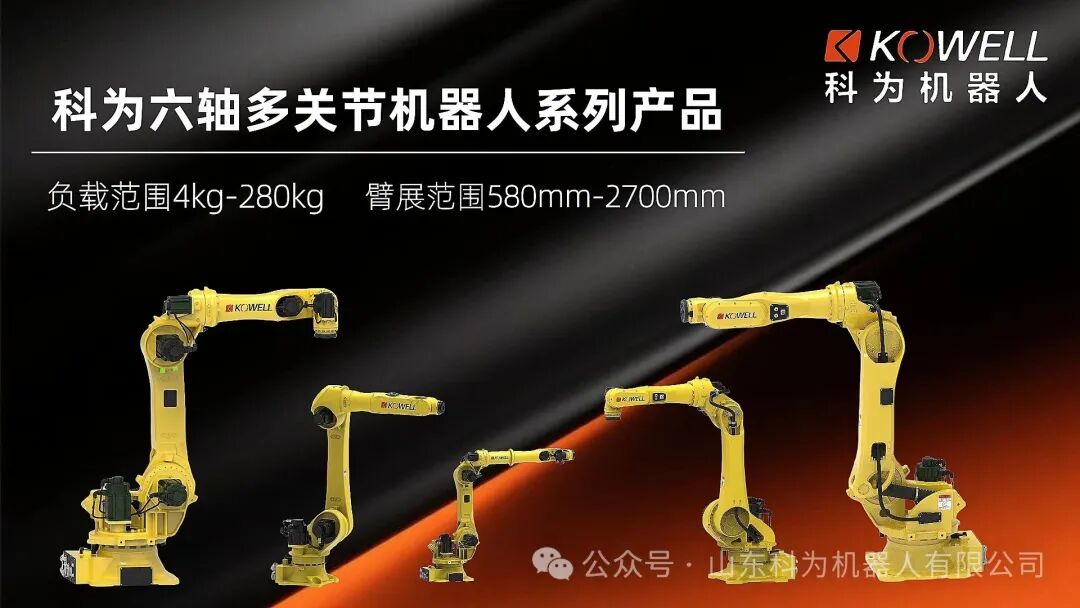From "process end" to "scheduling starting point": the reversal of roles is happening
In traditional cognition, the end handling unit of the packaging production line is often regarded as an "execution end" existence - completing the palletizing, transfer or boxing of finished products, far away from the core of process design. However, in the context of the continuous transformation of the current manufacturing model and the deepening of flexible production, the functional boundaries of this end unit are being redefined. It is no longer just an outlet after sealing, but gradually evolved into a key starting point for production line rhythm setting, logistics scheduling and resource allocation.
The essence of this change is the role transfer from "physical end" to "information front end". Especially under the trend of multiple SKUs, small batches and fast changes, the flexible production chain has put forward higher requirements for the feedback speed and response accuracy of the entire system, and it is precisely the end handling unit of the packaging production line that has the natural advantage of direct contact with product status, order structure and logistics rhythm, thus becoming an important trigger point for scheduling logic.
The reconstruction of flexible rhythm starts from the end of packaging
Flexibility is not only the switchability of manufacturing equipment, but also the real-time deployment capability of process rhythm. As the executor of the "last action" of the entire line, the end handling unit of the packaging production line has a direct impact on whether the production line rhythm is adjustable and controllable due to its operation density, load change, and material response speed.
In the past line design, the end of the packaging line was usually disconnected from the front end of the production line - as much as was produced, it was stacked, and as much as was stacked, it was loaded. Nowadays, this idea is gradually being replaced by the "end reverse logic". In other words, once the end handling unit of the packaging production line is intelligent, it can reversely link the front-end equipment and even the order splitting system according to the shipping rhythm, inventory level, and workshop task sequence, forming a market-oriented flexible closed loop.
For example, after a daily chemical industry enterprise introduced a multi-SKU collaborative system, it used the scheduling node of the end handling unit of the packaging production line to accurately control the output structure of short-cycle tasks and shorten the order response time by more than 20%. Behind this kind of practice, the essence is to transform the "end" function into a "process coordinator".
Multi-SKU era: the starting point of sorting, identification and whole-line linkage
A typical scenario of a flexible production chain is to face high-frequency changes in SKUs and customized packaging requirements. In this case, the end handling unit of the packaging production line often needs to integrate image recognition, dynamic weighing, task reorganization and other capabilities to achieve flexible response at the unit level.
More importantly, as the end point of the process, it needs to be able to form real-time communication and rhythm coordination with the front-end equipment, such as cartoning machines, labeling machines, carton sealing machines, AGV carts, etc., in order to truly embed "system-level collaboration". At this time, the end handling unit of the packaging production line is not only a physical carrier, but also an information collector and an executor of production strategies.
For example, in a food factory, the end unit is equipped with a SKU classification system based on visual recognition and dynamic palletizing logic, which can complete complex sorting without affecting the rhythm of the main line. This not only saves manual adjustment time, but also frees the upstream process from dependence on a single packaging rhythm.
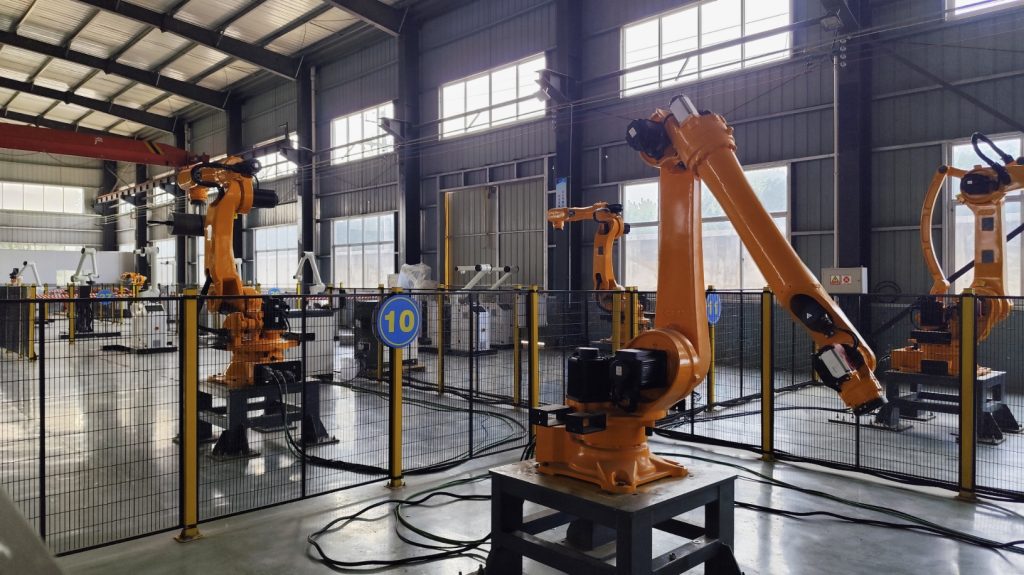
Redefine the "starting point" and "end point" in the production chain
The role change of the end handling unit of the packaging production line is also forcing us to rethink the logical structure of the entire manufacturing chain. In the flexible era, the real "starting point of the process" is often not the input of raw materials, but the feedback node of customer orders, and this node is often reflected in the "outbound priority" or "loading order".
In other words, if the action at the end of the packaging can provide real-time feedback on order requirements, inventory status, and logistics rhythm, then it naturally has the ability to "reversely promote the production chain." At this time, the end handling unit of the packaging production line is playing the role of a "core interface" - connecting customers and production, connecting the site and the market.
For enterprises, the significance of this core interface is not only the improvement of the degree of automation, but also the integration channel of information drive and strategy execution. Whoever masters the control ability of this node will gain a key starting advantage in flexible competition.
From executor to guide: How should enterprises respond to this change?
With the continuous expansion of the functions of the end handling unit of the packaging production line, its strategic position in the deployment of the entire line is also rising. In the past, it may have been a "finishing link" that was outsourced or completed manually. Now enterprises are more inclined to include it in the early stage of production line planning for system design. This change reflects the deep trend of manufacturing transitioning from "equipment automation" to "process intelligence".
In practice, more and more companies are beginning to pay attention to the following points:
Integration capability: Can the end handling unit of the packaging production line be connected with systems such as MES and WCS?
Identification and perception: Is there a multi-SKU identification and response mechanism?
Collaboration strategy: Can it reversely affect the scheduling and rhythm of the upstream process?
Personnel replacement: Can it reduce the dependence of the terminal link on manual labor and achieve stable output?
Consideration of these dimensions has made the value of this unit surpass the positioning of "an execution module" and become the core node in the flexible production chain of the enterprise.
Conclusion: The end is not the end, but the beginning of a new round of production logic
In the traditional manufacturing paradigm, the end of the packaging line is often regarded as the "end of the process", but driven by the current flexible, intelligent and configurable trends, the end handling unit of the packaging production line has taken the position of "the head of logic". This role reversal is not accidental, but an inevitable evolution of manufacturing thinking.
From information feedback to rhythm control, from logistics interface to order drive, it is embedded in the whole line center in its own way, becoming a key variable for enterprises to maintain resilience and responsiveness in the dynamic market. We have reason to believe that the real manufacturing advantage in the future does not lie in "how intelligent the front-end equipment is", but in "the end unit is active enough".

Kewei Wishes You a Merry Christmas!
2025-12-25
Online Consultation
Hello, the current customer service is offline. You can leave your contact information and the staff will respond to you as soon as possible!


